Home › Solutions › IoT Device and Asset Connectivity › Connectivity software for SCADA
Contents
Connectivity software for SCADA
What are SCADA systems?
A supervisory control and data acquisition (SCADA) system combines hardware and software to collect data from sensors used for monitoring industrial assets, such as PLCs, RTUs, etc. This data, taken from multiple locations, allows an operator workstation that overlooks a facility to gain understanding of the state and condition of production lines.
Without IIoT SCADA software...
SCADA systems alone have some serious limitations. While they were excellent replacement for physical control panels in the 90s, times have since moved on and the leap to Industry 4.0 calls for something more robust – IIoT.
Without IIoT, SCADA systems have trouble with:
- Recognising patterns – while data is available, the way in which data is presented is intrinsic to operating with high levels of efficiency.
- Low security – historically SCADA has been slammed for having poor security resulting in cyberattacks such as the stuxnet worm that targeted SCADA systems in industrial facilities in 2010.
- Limited insight – to operate at maximum efficiency businesses need access to automation, alerts and an entire host of ways to lay out data in order to find the root of inefficiencies.
![]() While there has been increased modernisation to SCADA systems, there is still a notable lack of basic security mechanisms such as encryption or authentication.
While there has been increased modernisation to SCADA systems, there is still a notable lack of basic security mechanisms such as encryption or authentication.
The impact of IIoT software for SCADA
By connecting SCADA systems to an IIoT platform, a plethora of tools can be unlocked for making factories much more efficient. Some of the key functionality an IIoT platform can unlock includes:
Detailed remote asset condition monitoring
Being able to get real-time asset data is a game changer when it comes to performance. This can improve overall equipment effective (OEE), prevent downtime through forecasts, and alert engineers as soon as there’s an issue.
Predictive maintenance
Planned maintenance can be costly and often ineffective. By using IIoT software, we can see into the performance of any asset and schedule maintenance based on data. Meaning big savings in maintenance call outs.
Increased energy performance
Being able to understand energy performance is huge in today’s climate, especially with net zero goals taking precedence in business objectives around the globe. Connecting to SCADA systems can also mean gaining an understanding of consumption and subsequently, making the right business decisions to use only the energy you need and cut out waste.
Can IoT replace SCADA?
- IoT works in parallel to SCADA systems to create a more robust system.
- IoT sends data (that would otherwise be limited to the factory) to the cloud.
- SCADA systems can easily have IoT integrated for a more scalable industrial data solution.
- Increased effectiveness of connected assets
- Better visibility of all asset data
- Reduced callouts and predictive maintenance
- Longer asset life and higher peak performance
- Reduced energy waste and more energy efficient
SCADA cloud compatibility
Protocols: Connecting to devices and assets has been made simple. The Hark Platform is entirely protocol-agnostic; you’re able to use Modbus, BACnet, MQTT, OPC-UA and more. Now you can unify all of that asset data into a central location, giving you a birds-eye view of your entire estate, in one platform, that’s fully accessible for you and the relevant members of your team.
Vendors: Are the SCADA systems in your estate from different vendors? No problem, you can easily connect them all to the Hark Platform. Siemens, Allen Bradley, Honeywell, Rockwell Automation, Mitsubishi, Schneider Electric – you can connect all of these and more to create a unified view of your estate.
Connect your SCADA assets to the cloud today!
If you have any suggestions for improvements please tell us – Contact Us




